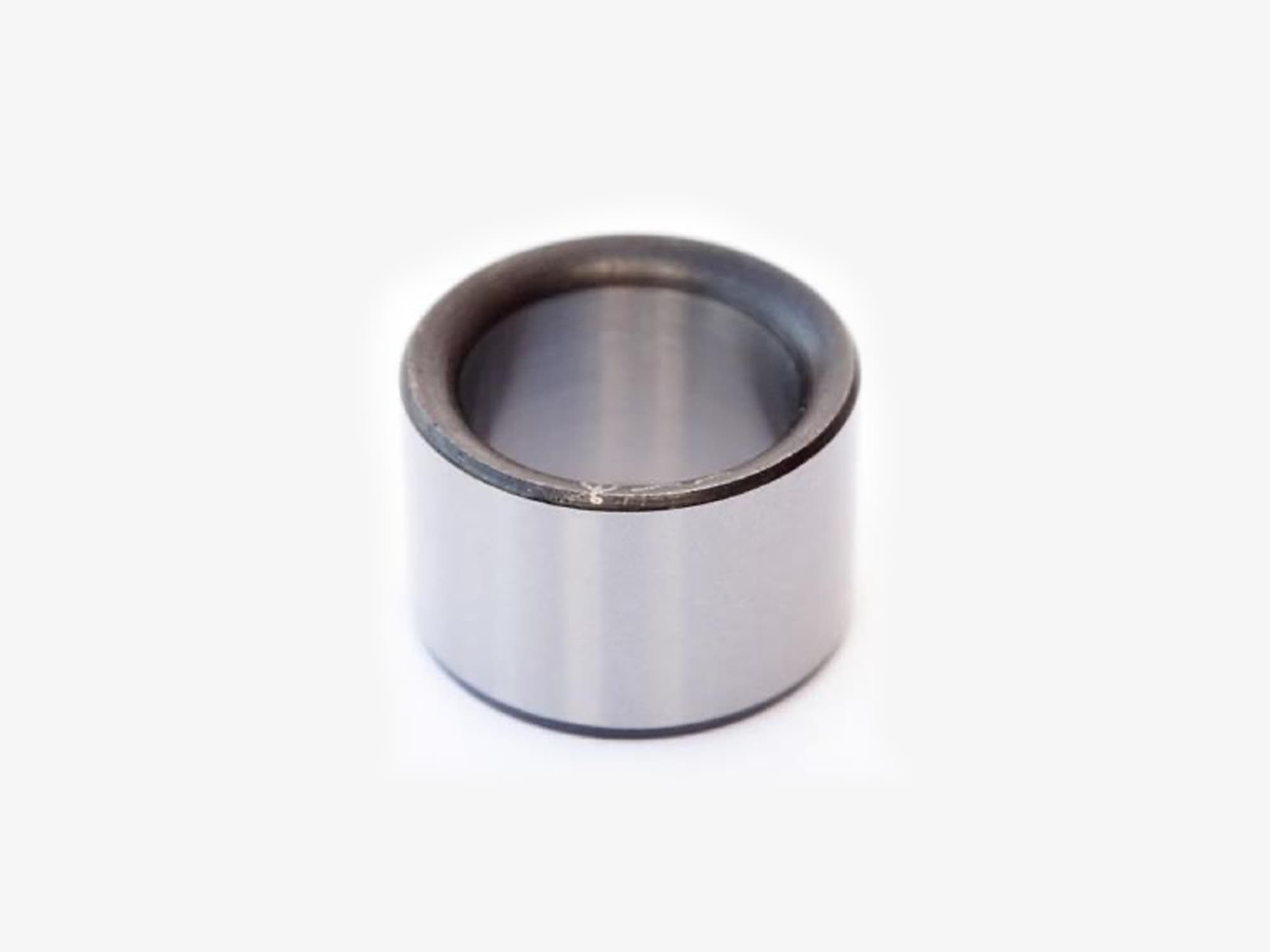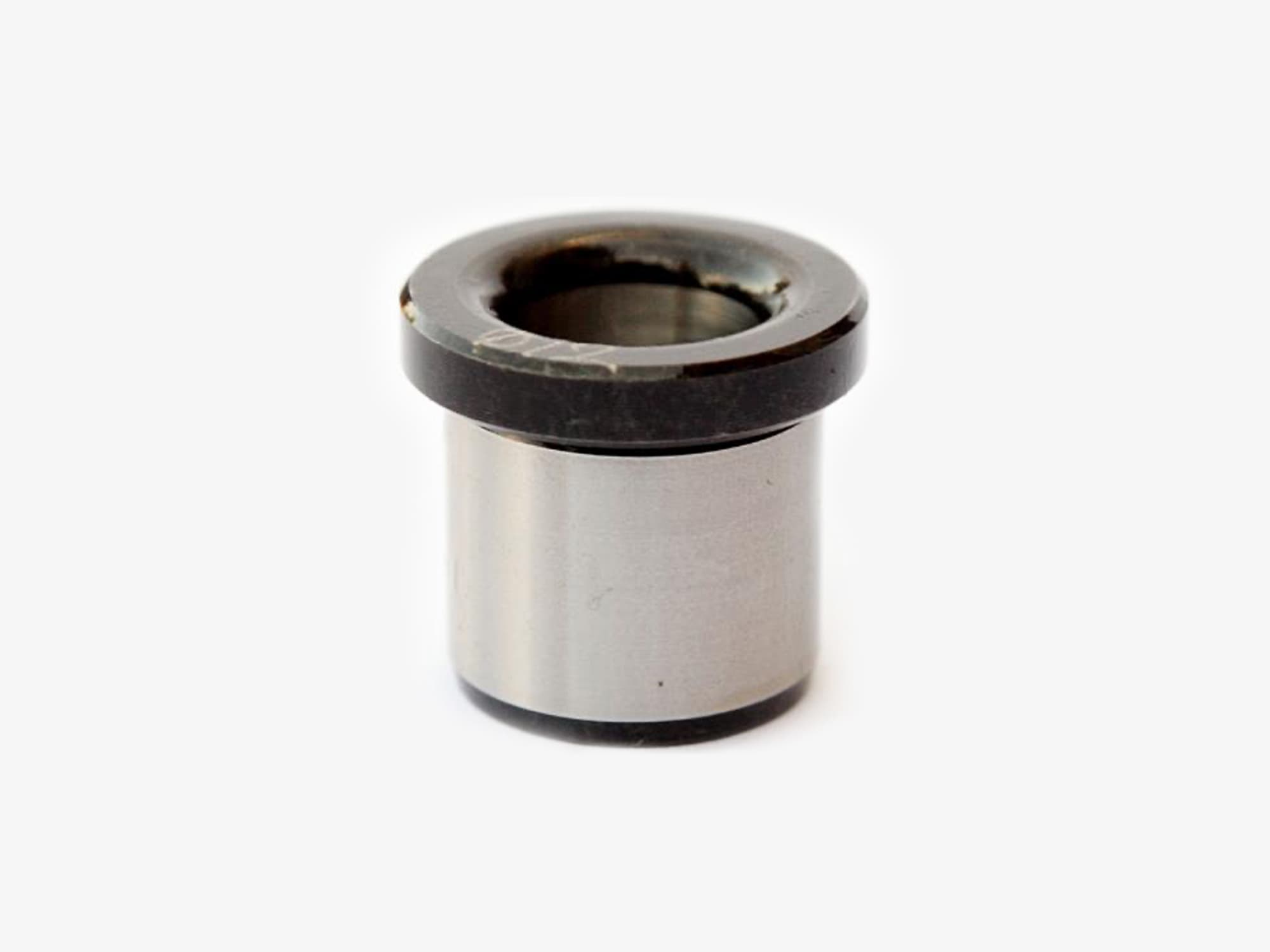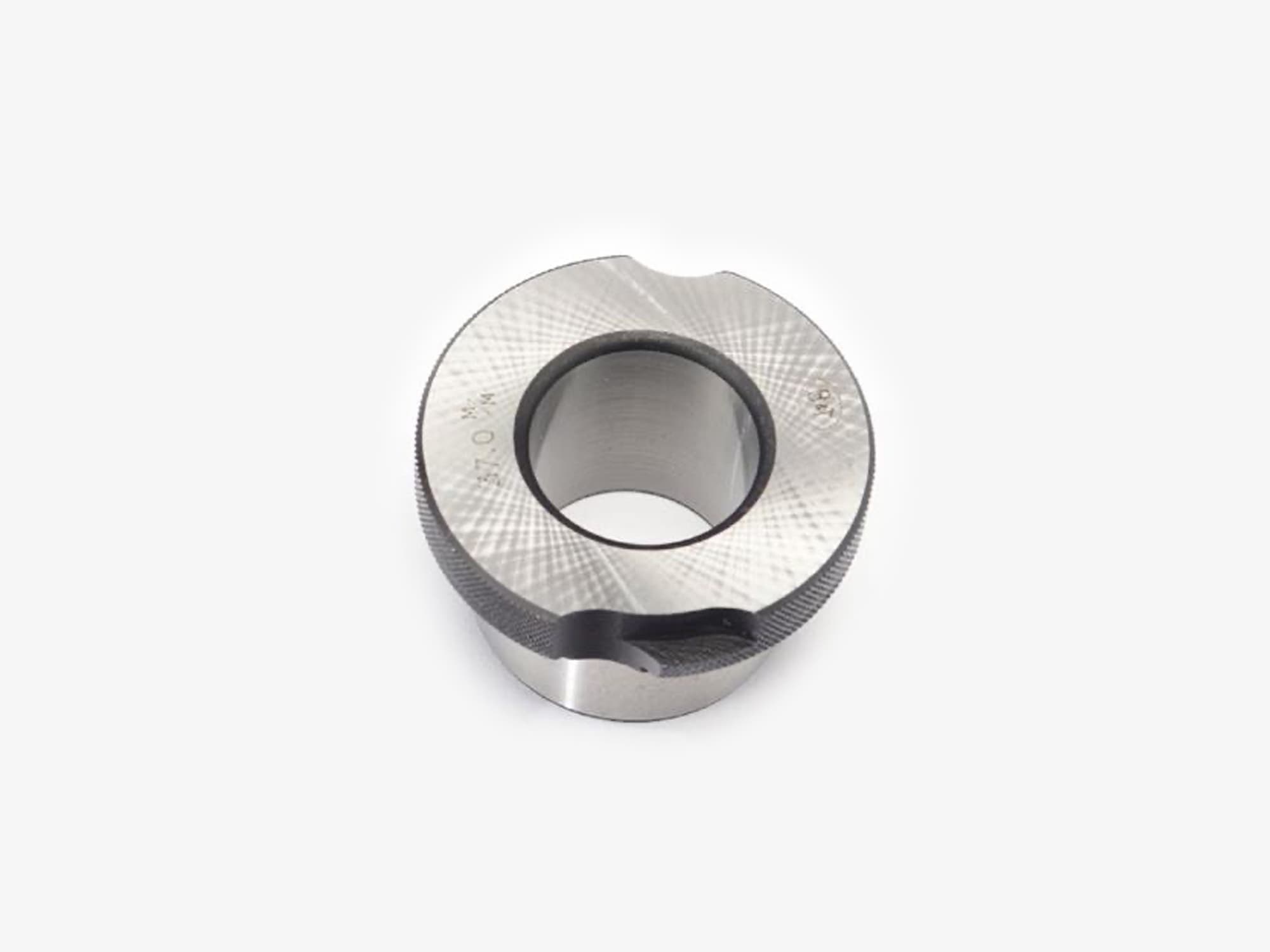Drill Bushes
We offer a wide range
Drill Bushes, or Jig Bushes are primarily for positioning and stabilizing a drill in a jig to ensure repeated precision positioning in a work piece.
Drill Bushes, or Jig Bushes are primarily for positioning and stabilizing a drill in a jig to ensure repeated precision positioning in a work piece.

Drill Bushes, or Jig Bushes are primarily for positioning and stabilizing a drill in a jig to ensure repeated precision positioning in a workpiece. The hardened bush provides accurate drilling, eliminating chatter, the need for pilot holes, and any drill wandering.
There are many forms of Drill Jig Bush in the UK conforming to the following standards in both Imperial and Metric:
- BS 1098 PT.2 1977 / ISO 4247 / DIN 179A
- BS 1098 PT.2 1977 / ISO 4247 / DIN 172A
- BS 1098 PT.1 (Imperial) 1967
The different types of Drill Bush are as follows:

Plain Press Fit Drill Bushes
This type of drill bush is normally used for jigs where an economically priced drill bush is required, or where less space is available on the jig plate. Headless press fit bushes are pressed into the plate to achieve a flush surface in conjunction with a simple drilling and reaming operation. Headless drill bushes have less resistance than the headed type when subjected to large axial loads. These bushes are denominated by the PP reference for metric drill bushes and P for the imperial bush.
Headed Press Fit Drill Bushes
This range of drill / jig bushes is similar to the PP range, but for the head. The headed drill bush type contain a ‘top hat’ or ‘shoulder’ at the top of the bush to allow greater axial force, so not to slip out of the plate, and aids where it is desired, to feed down to a dead stop. The head of the bush also allows it to be pressed into the plate easier and can be left either exposed above the plate surface or counterbored to sit flush. These bushes are denominated by the PH reference for metric drill bushes and S for the imperial bush.

Fixed and Slip Renewable Drill Bushes
These two features are incorporated on one bush, which is used in conjunction with liner bushes, and is held in place by a lock screw, tenon or stop pin. The bush is a slide fit in its corresponding liner.
The removable fixed feature of the bush is normally used in high production work, where the bush can be easily and quickly replaced with a minimum loss of production. The removable slip feature of the bush is used when more than one operation is carried out; the bush is instantly removable after each operation. The Slip Renewable variety also allow for different sizes of holes to be applied to the workpiece within the range of the liner.
Anchor Bushes
A B&T Anchor Bush is a two-piece assembly consisting of a hardened steel bush with a bore to suit the appropriate drill size and a low carbon steel anchor which is either welded or riveted to the drill template. This anchor bush strap only holds the bush firmly in place and has no influence on location which is obtained from a spigot on the bush machined concentric with the bore. Thus Anchor Bushes can be spaced accurately, when desired, by Jig Boring the template. On many applications, however, marking out and either punching or drilling the locating holes is sufficiently accurate. B&T Anchor Bushes are made in Standard and Corner types and by using a combination of the two various hole patterns as shown in the Boneham & Turner catalogue.
All these types are available to purchase online at www.boneham.co.uk. With catalogues available here or at WhoSellsIt.com
Drill Bushes, or Jig Bushes are primarily for positioning and stabilizing a drill in a jig to ensure repeated precision positioning in a workpiece. The hardened bush provides accurate drilling, eliminating chatter, the need for pilot holes, and any drill wandering.
There are many forms of Drill Jig Bush in the UK conforming to the following standards in both Imperial and Metric:
- BS 1098 PT.2 1977 / ISO 4247 / DIN 179A
- BS 1098 PT.2 1977 / ISO 4247 / DIN 172A
- BS 1098 PT.1 (Imperial) 1967
The different types of Drill Bush are as follows:


Plain Press Fit Drill Bushes
This type of drill bush is normally used for jigs where an economically priced drill bush is required, or where less space is available on the jig plate. Headless press fit bushes are pressed into the plate to achieve a flush surface in conjunction with a simple drilling and reaming operation. Headless drill bushes have less resistance than the headed type when subjected to large axial loads. These bushes are denominated by the PP reference for metric drill bushes and P for the imperial bush.
Headed Press Fit Drill Bushes
This range of drill/jig bushes is similar to the PP range but for the head. The headed drill bush type contains a ‘top hat’ or ‘shoulder’ at the top of the bush to allow greater axial force, so not to slip out of the plate, and aids where it is desired, to feed down to a dead stop. The head of the bush also allows it to be pressed into the plate easier and can be left either exposed above the plate surface or counterbored to sit flush. These bushes are denominated by the PH reference for metric drill bushes and S for the imperial bush.
Fixed and Slip Renewable Drill Bushes
These two features are incorporated on one bush, which is used in conjunction with liner bushes, and is held in place by a lock screw, tenon or stop pin. The bush is a slide fit in its corresponding liner.
The removable fixed feature of the bush is normally used in high production work, where the bush can be easily and quickly replaced with a minimum loss of production. The removable slip feature of the bush is used when more than one operation is carried out; the bush is instantly removable after each operation. The Slip Renewable variety also allow for different sizes of holes to be applied to the workpiece within the range of the liner.
Anchor Bushes
A B&T Anchor Bush is a two-piece assembly consisting of a hardened steel bush with a bore to suit the appropriate drill size and a low carbon steel anchor which is either welded or riveted to the drill template. This anchor bush strap only holds the bush firmly in place and has no influence on location which is obtained from a spigot on the bush machined concentric with the bore. Thus Anchor Bushes can be spaced accurately, when desired, by Jig Boring the template. On many applications, however, marking out and either punching or drilling the locating holes is sufficiently accurate. B&T Anchor Bushes are made in Standard and Corner types and by using a combination of the two various hole patterns as shown in the Boneham & Turner catalogue.
All these types are available to purchase online at www.boneham.co.uk. With catalogues available here or at WhoSellsIt.com



